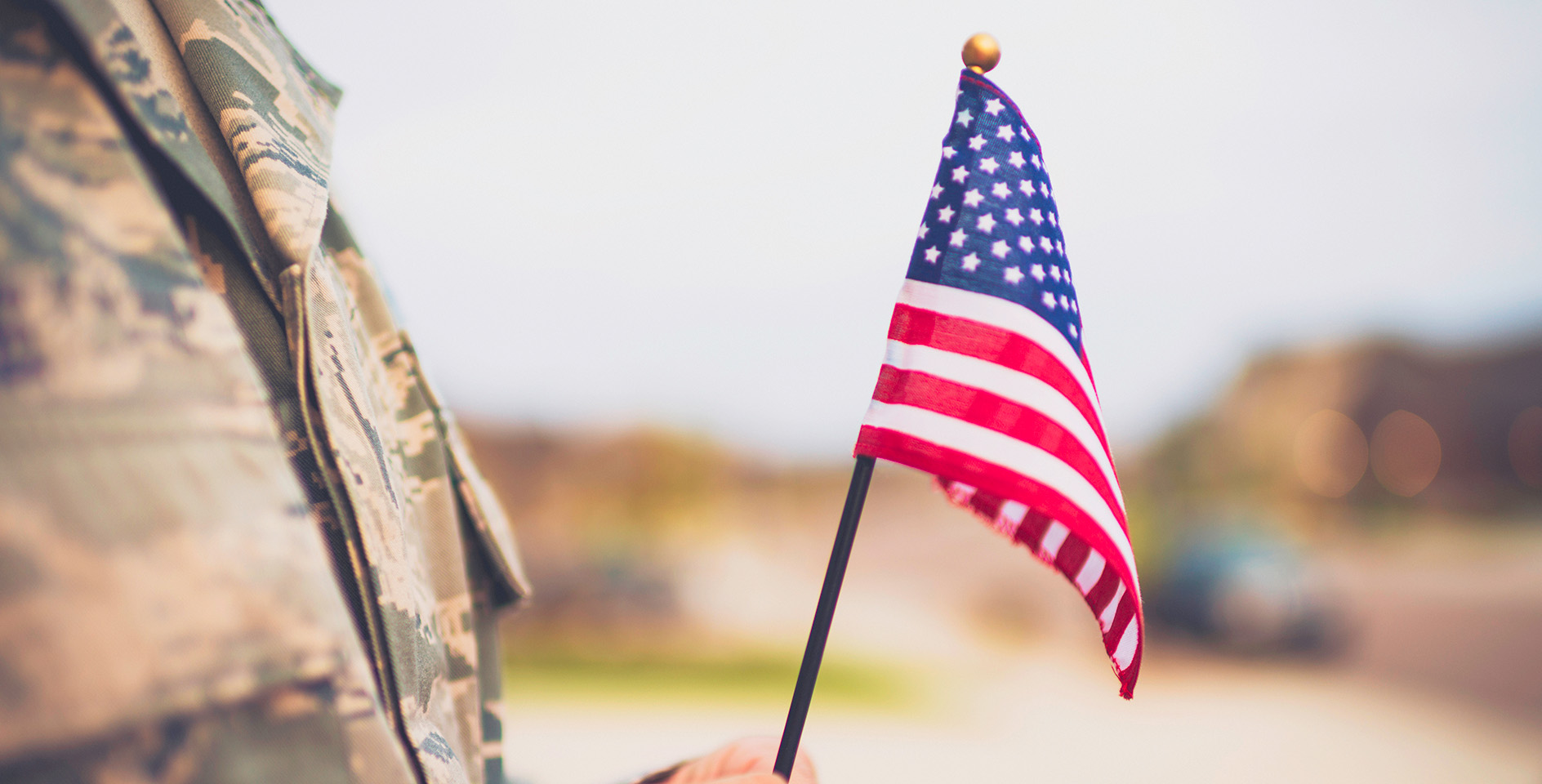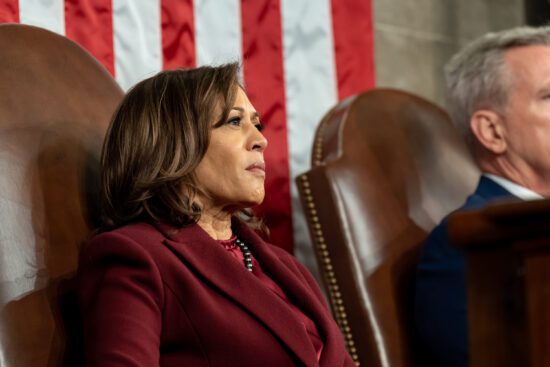Yesterday was Veterans Day, the official holiday in the United States that honors people who have served in the U.S. Armed Forces. Because veterans represent less than 10% of the total U.S. adult population, an increasing number of Americans are unfamiliar with veterans and issues related to them.
Here are some things you should know about military veterans in the U.S.
What is a veteran?
The colloquial use of the term refers to any person who has served in the military. But according to federal law, the term “veteran” refers specifically to a person who served in the active military, naval, air, or space service, and who was discharged or released therefrom under conditions other than dishonorable.
What constitutes “active service”?
For the purposes of qualifying as a U.S. veteran, the forms of active service include:
Having served full-time duty in the Armed Forces (the United States Army, Navy, Marine Corps, Air Force, and Coast Guard, including the reserve components) other than active duty for training.
Having served full-time duty as a commissioned officer of the Regular or Reserve Corps of the Public Health Service, or as a commissioned officer of the Environmental Science Services Administration, Coast and Geodetic Survey, or the National Oceanic and Atmospheric Administration.
Service as a cadet in the Military, Coast Guard, or Air Force Academy, or as a midshipman at the Naval Academy, including enlisted service members who are reassigned to the Air Force, Military, or Naval Academy without a release from active duty.
Title 32 Full-time National Guard Duty: Order for full-time performance of operational activities (example: assisting with hurricane response efforts).
How long does someone have to serve to officially be considered a veteran?
According to the United States Department of Veteran Affairs (VA), there is no minimum length of service required to be considered a veteran for those who served before Sept. 8, 1980. After that date, service members must have served a minimum of 24 months of active duty to be considered a veteran. If the service member becomes disabled because of their time in the service, there is no minimum length of service to qualify for VA benefits.
What is an “other than dishonorable” discharge?
There are currently five types of discharges issued by the military services: honorable discharge (HD); discharge under honorable conditions (UHC) or general discharge (GD); discharge under other than honorable conditions (UOTHC) or undesirable discharge (UD); bad conduct discharge (BCD); and dishonorable discharge (DD). The statutory definition of veteran does not precisely match those five categories of the discharges, and the VA often determines on a case-by-case basis whether the claimant’s discharge qualifies as under conditions other than dishonorable.
What is the difference between a wartime and peacetime veteran?
Every service member who meets the active duty requirement is classified as a veteran. But military service is classified as either wartime or peacetime service. Periods considered “wartime” for the purposes of veterans’ benefits are defined in law, and veterans who served during those periods are considered to have “served during wartime” even if the service was not in a combat zone.
The largest cohort of veterans alive today served during the Vietnam Era (6.4 million), which lasted from 1964 to 1975. The second largest cohort of veterans served during peacetime only (4 million).
How many veterans are there in the U.S.?
There are an estimated 19,162,515 veterans currently living in the U.S. The number of veterans declined by a third between 2000 and 2018.
What is the median age of veterans?
The median age of veterans today is 65 years old. By service period, Post-9/11 veterans are the youngest with a median age of about 37, Vietnam Era veterans have a median age of about 71, and World War II veterans are the oldest with a median age of about 93.
What percentage of veterans are enlisted/officer?
The vast majority of veterans (94%) come from the enlisted ranks, while fewer than 6% were commissioned officers.
What percentage of veterans are women?
Currently, women make up about 9% of veterans, or 1.7 million. By 2040, that number is projected to rise to 17%.
Which states have the highest percentage of veterans?
The top three states with the highest percentage of veterans in 2017 were Alaska, Maine, and Montana, respectively. The top three states (or federal districts) with the highest percentage of veteran women were the District of Columbia, Virginia, and Alaska.
Which cohort of veterans is most likely to have a service-connected disability?
Post-9/11 veterans had a 43% chance of having a service-connected disability (i.e., an injury, disease, or disability that was the result of service in the armed forces). According to the Census Bureau, after accounting for differences in demographic and social characteristics among, Post-9/11 veterans have a significantly higher rate of disability than veterans from other periods.
How do veterans and non-veterans compare demographically?
Based on a survey from 2017, male veterans were older, more likely to be White, non-Hispanic, more likely to be married, less likely to live below poverty, and had higher personal incomes than male non-veterans. Employed male veterans were more likely to work in production or transportation, and more likely to work for local, state, or federal governments than their non-veteran counterparts
Female veterans were more likely to be non-White, non-Hispanic, more likely to be divorced or separated, less likely to live below poverty, and had higher personal incomes than female non-veterans. Employed female veterans were more likely to be in management, business, science, and arts occupations, less likely to be in sales or service occupations, and more likely to work in local, state, or federal government than female non-veterans.
Regardless of gender, full-time, year-round veterans earned about $10,000 more than similar non-veteran counterparts.









